Teaching children about the environment is essential for helping them develop an appreciation for nature and understand their role in protecting the planet.
Learning about the environment can be fun and educational, giving kids practical knowledge and inspiring them to make positive changes in their daily lives.
By introducing simple and engaging activities, parents and teachers can instill environmental awareness in children that will stay with them for life. This blog highlights a variety of easy ways to teach kids about the environment.
- Start with Nature Walks
- Teach Through Gardening
- Reduce, Reuse, Recycle
- Explore Environmental Books and Stories
- Introduce Energy Conservation at Home
- Get Involved in Local Environmental Projects
- Teach About Wildlife and Animal Conservation
- Create Art from Recycled Materials
- Lead by Example
One of the best ways to get children interested in the environment is by taking them on regular nature walks. Walking through parks, forests, or even gardens allows children to observe plants, animals, and insects up close. During these walks, you can point out different types of trees, flowers, and wildlife, and explain how each contributes to the ecosystem.
Encouraging children to ask questions about what they see makes these walks interactive. You can talk about the importance of plants in providing oxygen, how animals play a role in the food chain, and why it’s essential to protect these habitats. Nature walks provide a hands-on learning experience and help children connect with the natural world around them.
Gardening is a wonderful way to teach children about the environment. By planting seeds, caring for plants, and watching them grow, kids can learn about the life cycle of plants and the importance of soil, water, and sunlight. Gardening also provides an opportunity to discuss topics like composting, recycling organic matter, and reducing waste.
Children can take responsibility for watering plants, weeding the garden, or harvesting vegetables. This involvement helps them understand how humans rely on plants for food, clean air, and beauty. Growing their own plants, even in small pots, gives children a sense of accomplishment and an appreciation for the hard work that goes into sustaining the environment.
One of the core principles of environmental education is teaching kids the importance of reducing waste, reusing items, and recycling whenever possible. Start by explaining what happens to rubbish when it is thrown away and how landfills affect the environment. Introduce them to the concept of recycling by showing them which materials can be recycled, such as paper, plastic, and glass.
Make recycling a part of their daily routine by setting up separate bins for different types of waste and encouraging them to sort items. You can also involve children in reusing materials for arts and crafts projects, showing them how to make creative things from recycled items. By practising these habits at home, children will learn how small actions can make a big difference to the planet.
Books are a great way to teach children about the environment. There are many engaging children’s books that focus on topics like wildlife conservation, pollution, and the beauty of nature. Stories that feature animals and nature as central themes help children understand the importance of looking after the planet in a relatable way.
Reading these books together creates opportunities for discussions about protecting animals, preserving forests, and reducing pollution. You can ask children questions such as “Why do you think it’s important to keep our oceans clean?” or “What can we do to protect the animals in this story?” These conversations can lead to a deeper understanding of environmental issues and motivate children to take action.
Teaching children about energy conservation is another simple but important step in raising environmental awareness. Explain to kids how electricity is generated and why it is important to use it wisely. You can start by introducing small actions like turning off lights when they leave a room, unplugging devices when not in use, and choosing energy-efficient appliances.
You can also encourage children to conserve water by turning off taps when brushing their teeth or taking shorter showers. These simple changes not only save energy and water but also teach kids the value of resources and the need to protect them for future generations.
Many communities have environmental projects or clean-up activities that children can participate in. Volunteering for beach clean-ups, aforestation events, or recycling drives is a great way to involve children in hands-on activities that benefit the environment. These projects help children see the impact of their efforts and understand the importance of working together to protect the planet.
Taking part in these events can also provide an opportunity to talk to children about larger environmental issues, such as climate change, deforestation, and pollution. It gives them a sense of responsibility and empowers them to make a difference in their local community.
Kids often have a natural interest in animals, making wildlife conservation a great topic for teaching environmental responsibility. You can start by discussing endangered species and the reasons why some animals are at risk of extinction. Watching documentaries, visiting zoos or wildlife parks, and reading books about different animal species can help bring these concepts to life.
Explain how human activities, like deforestation or pollution, harm animals and their habitats. Encourage children to think about ways they can help protect animals, such as supporting wildlife charities, avoiding products that harm wildlife, or simply being more aware of their impact on the environment. Raising awareness about animal conservation can help children develop empathy for all living creatures and a desire to protect them.
Art projects can be an exciting way to teach kids about reusing materials and protecting the environment. Encourage children to create art using recycled materials like cardboard boxes, bottle caps, newspapers, and old magazines. This not only reduces waste but also allows them to explore their creativity.
Through these projects, you can teach children about the importance of reducing waste and finding new uses for items that might otherwise be thrown away. You can also discuss the environmental impact of single-use plastics and the benefits of finding alternatives. This helps children understand the concept of sustainability in a fun and hands-on way.
Children learn a lot by watching the adults around them. One of the most effective ways to teach kids about the environment is to lead by example. Show your children that you care about the planet by practising eco-friendly habits at home, such as recycling, conserving water, and using reusable bags and containers.
When children see you making environmentally conscious decisions, they are more likely to follow suit. You can involve them in your efforts by explaining why you are making certain choices, like choosing eco-friendly products or walking instead of driving when possible. By setting a positive example, you can inspire children to make sustainable choices in their own lives.
Conclusion
Teaching children about the environment is essential for raising a generation that understands the importance of protecting our planet. Through simple activities like nature walks, gardening, recycling, and creative projects, children can learn valuable lessons about sustainability, conservation, and responsibility. Encouraging them to take part in these activities from an early age helps build a strong foundation of environmental awareness.
At Mothers Pet Kindergarten (MPK), environmental education is a key part of the curriculum, promoting a sense of responsibility and care for the world around us. By nurturing an early connection with nature and encouraging sustainable practices, MPK helps children develop into environmentally conscious individuals ready to make a positive impact on the world.

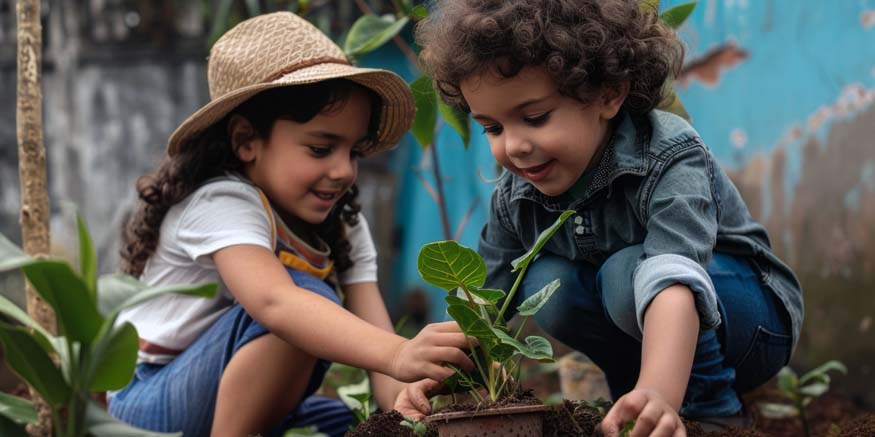

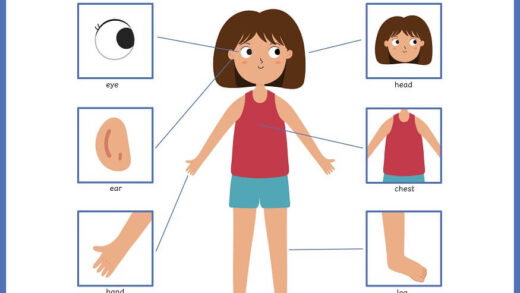
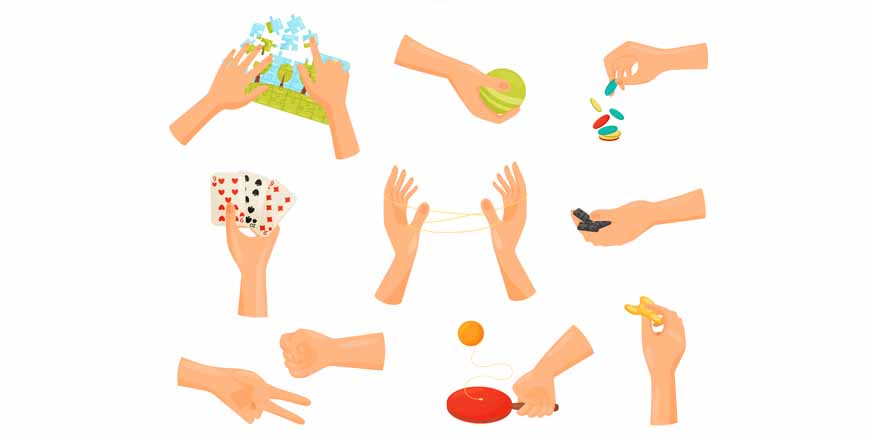

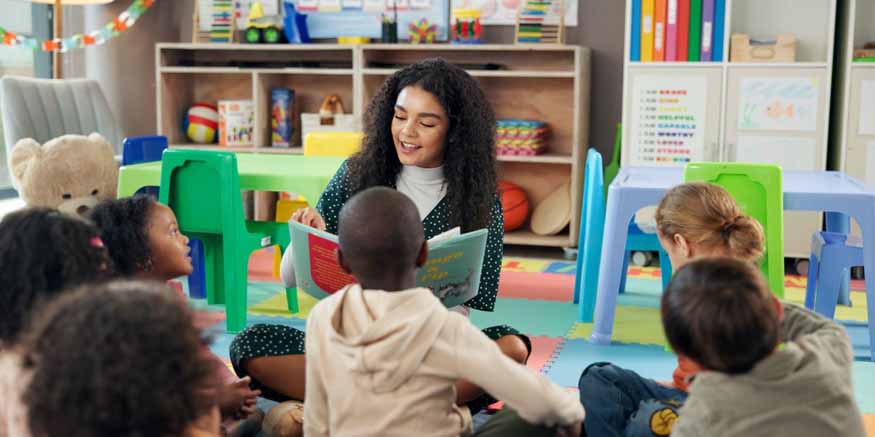

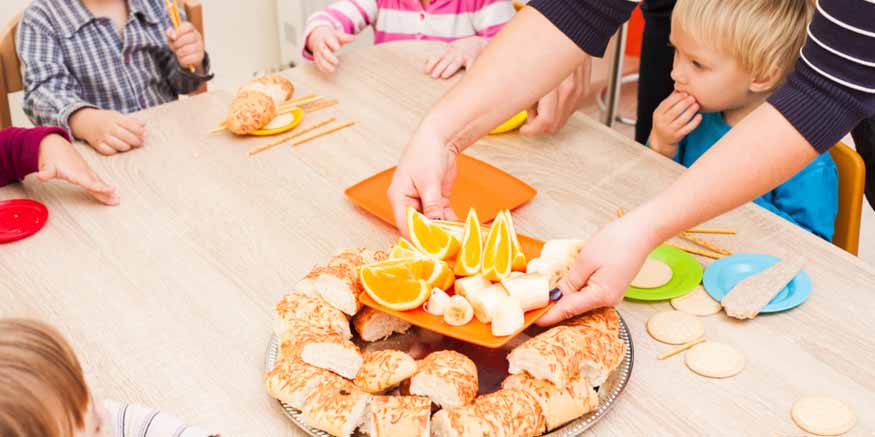

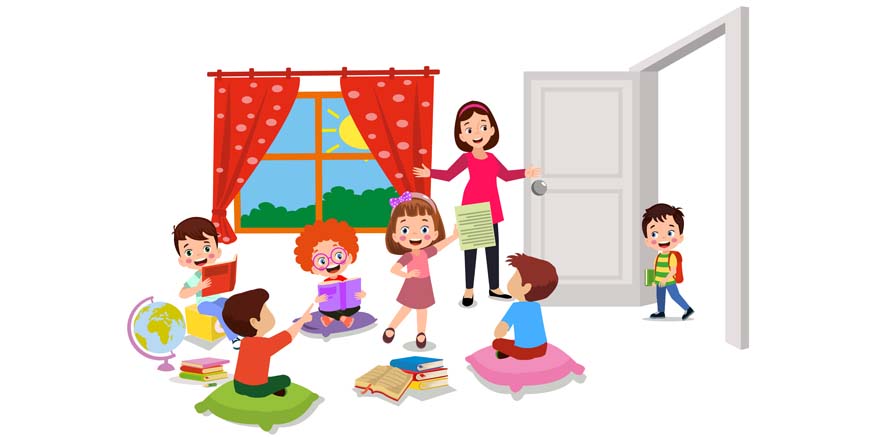


Recent Comments